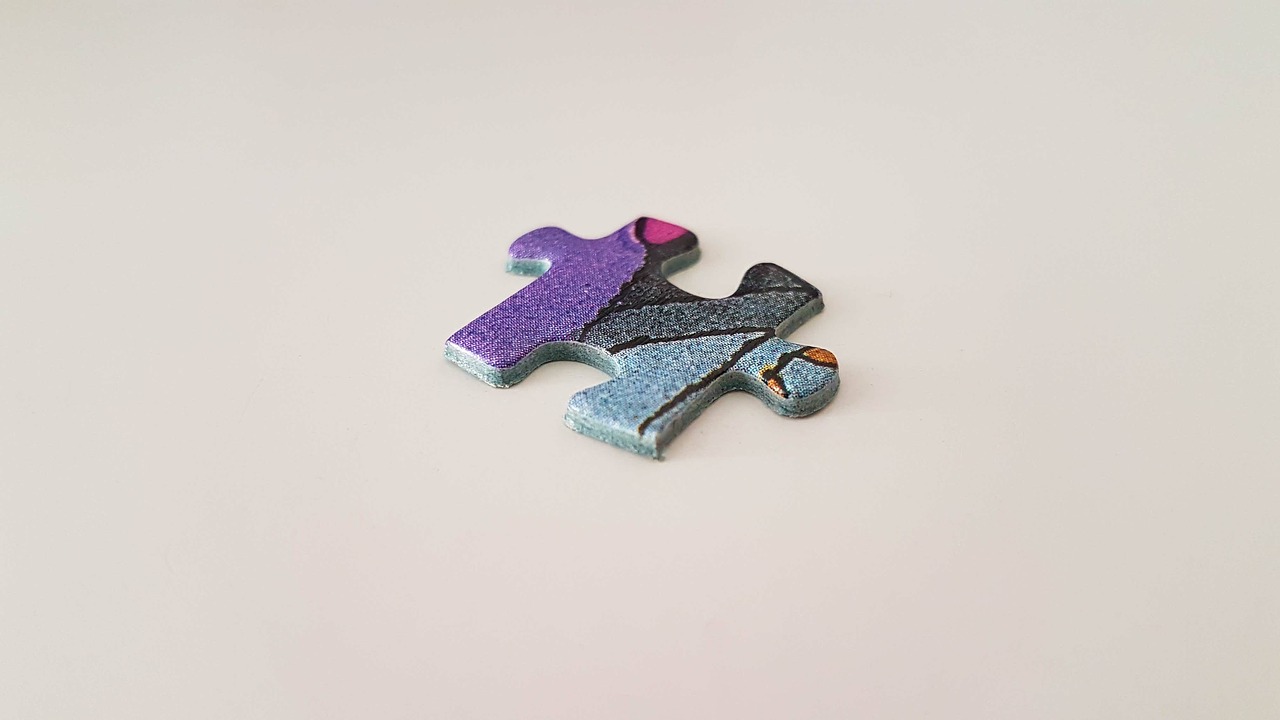During the time I have spent on the Open Networked Learning Course, I have felt like something is missing. These last two weeks we have been focusing on the similarities and differences between co-operation and collaboration. The readings point to the importance of creating a safe learning community in order to promote collaboration, and through the collaboration the creation of deeper understanding and knowledge. Etienne Wenger’s theories on “communities of practice” have provided the backbone for these two weeks, and I would like to delve a bit into one of his ideas – Modes of Identification as a way to get into what I have been missing.
First off, Wenger believes that learning is about producing identity. He writes, “…it is the emphasis on the person as a social participant, as a meaning-making entity for whom the social world is a resource for constituting an identity. This meaning-making person is not just a cognitive. It is a whole person, with a body, a heart, a brain, relationships, aspirations, all the aspects of human experience, all involved in the negotiation of meaning”.
But I have to wonder, in this age of Covid and most social interaction moving online, if we haven’t lost sight of the body and heart?
He moves on from there to discuss “modes of identification”. By that he means the different ways in which we interact with a community as part of the learning process. He has three modes: Engagement (engaging in activities), Imagination (while engaging we imagine how we fit in, how we belong in the community and in the process) and Alignment (in some way adjusting our interaction so that we belong in the community and the process). How can we engage, imagine and align when so much of our lives are lived in virtual spaces? Do we not have some deep human need for authenticity in interactions?
The purpose of the Open Networked Learning Course is to learn and understand how to create online learning communities, so Wenger’s theories are highly relevant. At the same time as I was reading his theory and discussing co-operation and collaboration with my ONL group I happened to follow a webinar called Human connections in virtual spaces. This was the missing piece.

ONL has been running since 2012, in other words pre-COVID, in a world where digital interaction and learning was an option but not the main source of connection for most people. The need to touch, to experience connection with all of our senses was filled in so many ways outside the digital sphere, and while a great deal of research was being done on how to design digital learning, and how to support student engagement in digital learning it was still not mainstream pedagogy. I am also assuming that the majority of teachers who did not want to create online learning, did not have to. Everything is different now, and even in the most engaging digital classrooms there has got to be a sense of alienation and exhaustion. I do not think theories and practice related to good digital pedagogy are enough. I think we need something deeper. We need to find connection with ourselves. Once we have this connection with ourselves, then we can engage and connect with others in as authentic a manner as possible despite it being in a virtual enviroment.
The discussion in the human connections video talks about embodying the space you are occupying. This means creating a workspace that is comfortable and authentic. One way to connect with people online is to let them see you in YOUR space, your authentic space – not some exotic screenshot or blurred background.
 A talking head with an authentic work space in the background
A talking head with an authentic work space in the background 
Another suggestion is to sit with your feet firmly on the ground. Feel your feet on the ground, and in doing this remind yourself that you are a whole body, not just a talking head. Remember to slow down and breath deeply. When we live through our screens, we forget the rest of our body and think we are only our head. We can anchor by breathing deeply and listening and feeling the breath move through our bodies.
We cannot create successful, healthy online practices if we forget to connect to our very real human bodies first. The longer Covid-19 lasts, the more disruption and disconnection we may contribute to and experience ourselves, no matter how many good theories there are out there. So my wish for all of you today is to slow down, breathe, and connect with yourselves before you connect with anyone else.
If you’d like some short guided videos to get you started, I suggest these two: Yoga at your desk and Text neck
